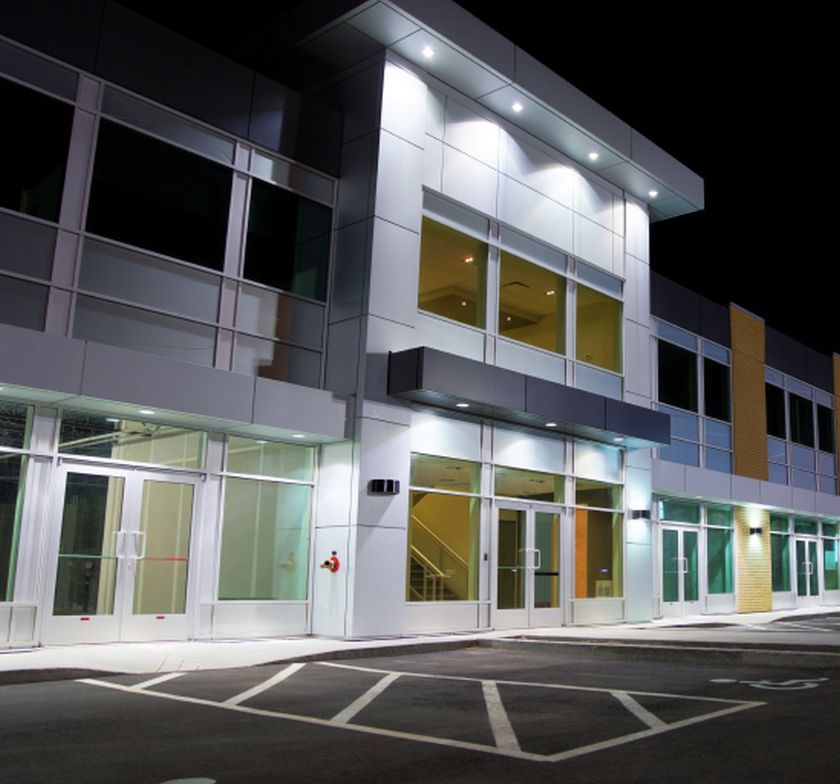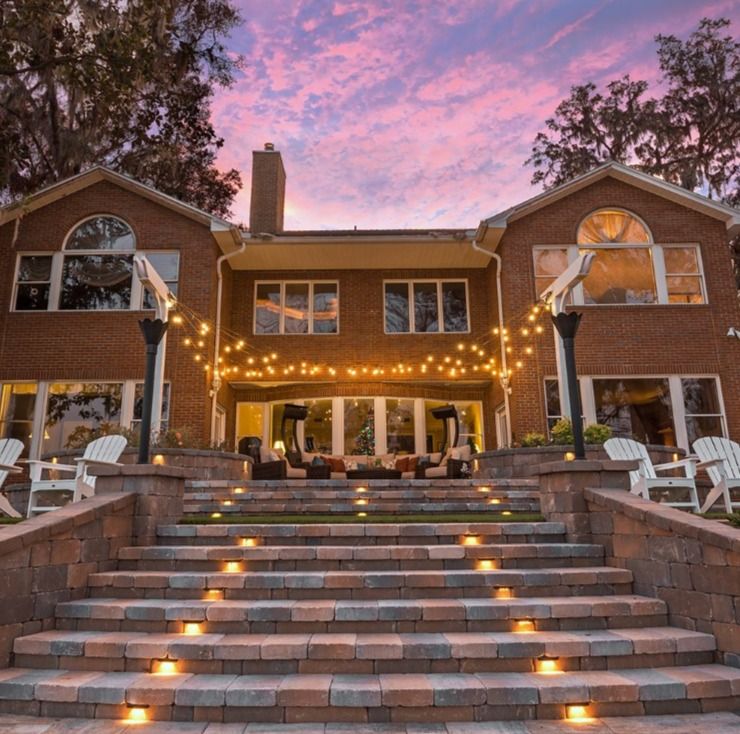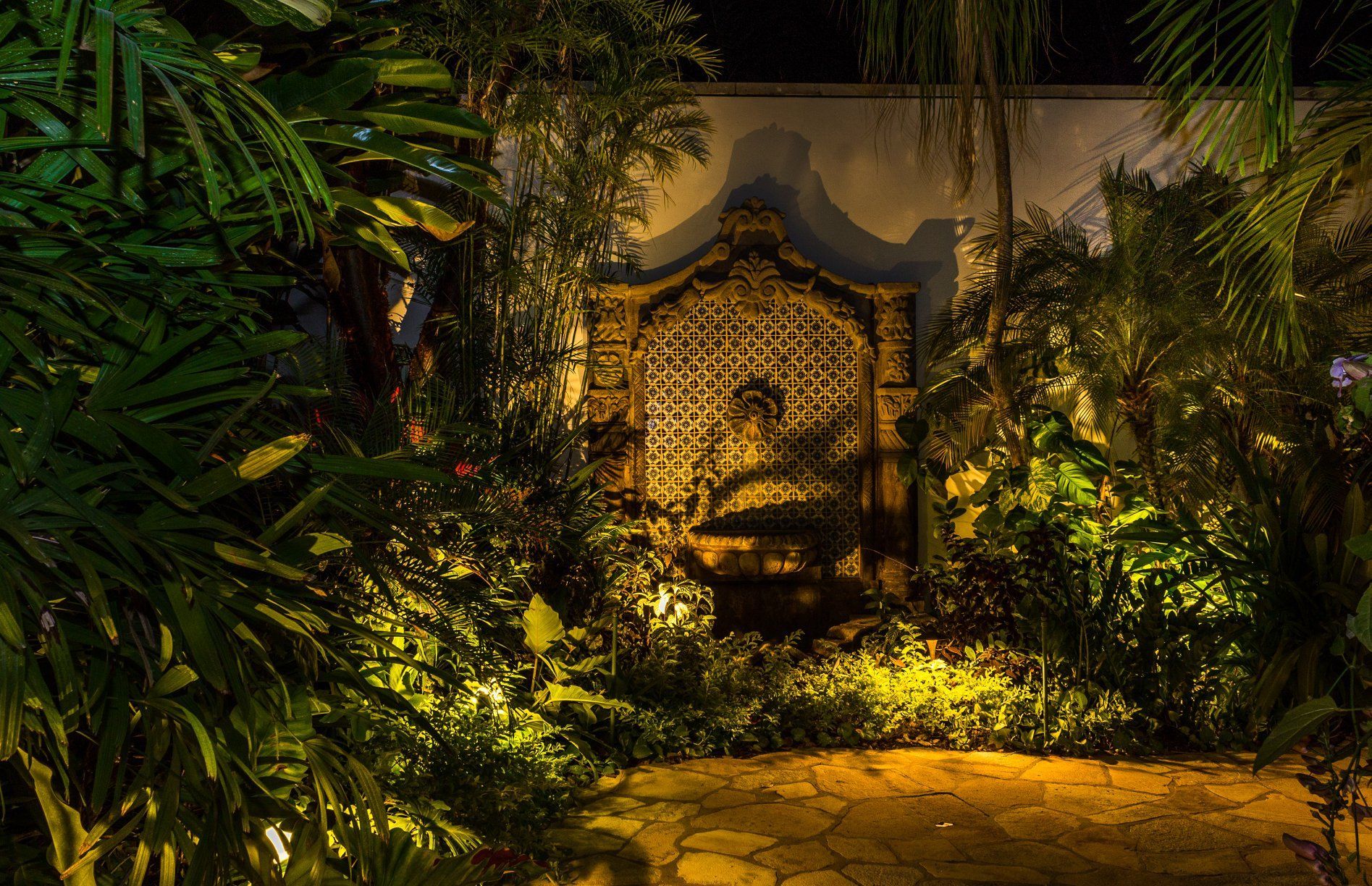How to Choose the Best Outdoor Lighting for Your Landscape

Before choosing your outdoor light bulbs, consider their ingress protection rating. Some bulbs are completely weatherproof while others require special protection. If you’re concerned about bugs, buy a bulb that has a yellow color. While the yellow bulb is not as bright as a standard incandescent bulb, it’s less likely to attract insects than the traditional ones. Another option is to use a LED bug light bulb. These bulbs have the same brightness as a 60-watt incandescent bulb, but emit light at wavelengths that are inaccessible to many insects.
One of the best outdoor light bulbs is the Philips Hue White Outdoor bulb. This bulb is weatherproof, and claims to last for up to 25,000 hours. While this product is relatively inexpensive, you’ll need to purchase a Philips Hue hub to control the lights. The Hue hub is not cheap, but it’s worth the extra money if you want to be sure you’re getting the right outdoor lighting.
Proper outdoor lighting can extend the time you spend outside. The right lighting can increase your outdoor experience and create an elegant atmosphere. To select the best outdoor lighting fixtures, consider the type of light you need, where you want the light to be located and what kind of look you want. For instance, you may choose a downrod fixture for a porch to create a niche look. However, if you live in an area with high winds, you should avoid installing swinging porch lights. If you are not sure, consult with your builder.
Outdoor lighting should also complement other finishes on your home. For instance, the Ambler Flush Mount Outdoor Ceiling Light is an elegant design that goes well with contemporary and traditional designs. It can be installed on sloped ceilings up to 60 degrees. The most important part of your outdoor living space is to properly outfit it. Proper outdoor lighting will help draw attention to the entry point, improve safety and add to the curb appeal of your home.
Before selecting outdoor lighting fixtures, consider the areas that need the most illumination. Keep in mind that each fixture has a different light spread, depending on the shape of the shade surrounding the bulb. A single bright flood light, on the other hand, will cover a larger area. It is crucial to make the best use of each light fixture.
Besides the wall light, there are several other types of outdoor lights. There are wall lights that are perfect for side entrances or outdoor seating areas, while flush mount lights are meant to sit against the outdoor ceiling. They also work well on archways and gazebos. Finally, there are flood lights and landscape lighting that provide general illumination and extra security. They often come with motion sensors to prevent unauthorized entry.
Lumen output
Lumen output is a key factor in outdoor lighting design. Different types of lights have different lumen outputs to suit different purposes. Moreover, different levels of lighting are also used to highlight different objects or subjects. The four basic levels of illumination are reflected light, downlight, flood, and accent light. These types of lighting are often combined to create a cohesive landscape lighting scheme.
If you are lighting a large area, then you will need a high lumen output. The recommended range is 50-80 lumens per square foot. To calculate the number of lumens needed, multiply the square footage of the area by the brightness level that you need. For instance, a room of 100 square feet requires 1000 lumens.
You can also choose a specific wattage for outdoor lighting. It is better to use lumens than to estimate wattage. This will ensure that the illumination you get is exactly the right amount, but not too much. It is also better to use LED lights, which use less power to produce the same amount of light.
LED lights are the new standard in landscape lighting, thanks to their long lifespan, low operating cost, and adjustable beam spread. For best results, try to match the color of objects in the landscape to the LED lights. For example, oak trees and brown siding will look best with warm light, while a cool white color will look good with dark gray exterior stone.
Styles
When you’re looking for outdoor lighting, there are many different styles to choose from. You’ll want to choose something that blends with the style of your home, while also being safe to use outdoors. There are many different types of outdoor lighting available, including post lights, wall lights, and ceiling lights.
There are also many different intensities of light, beam spread, and color. These features are noted with a kelvin number, from 1800 K (very red) to seven hundred and fifty (bluish-white). Warmer colors produce a more relaxed and welcoming atmosphere, while cooler tones make your patio or backyard feel more comfortable.
Outdoor lighting is an excellent way to improve curb appeal and increase security. It can help illuminate any outdoor area, whether it is a front porch or back yard. From rustic outdoor pendants that welcome guests to modern post lights that illuminate a path in the backyard, outdoor lighting is a great way to make your home look more beautiful. Just be sure to take safety precautions when installing any electrical device, including a lighting switch.
Different styles of outdoor lighting are also suitable for different situations. Uplighting, for example, uses low-placed lighting to create an indirect effect. It’s popular for creating ambience, and can be concealed with sod, gravel, and mulch. Other styles are designed to emphasize a particular feature. For example, a statue or a fountain will look better with a silhouette-styled light.
Outdoor light fixtures can be mounted on a wall, fence, or wooden post. Make sure to choose a surface that can withstand the weight of the light fixture. Placements that are too high or low are not optimal. If you want to provide a low-level light, consider placing an outdoor wall sconce at shoulder level. This type of outdoor lighting provides downward light and keeps direct glare from hitting the eyes.
The location of outdoor lighting is just as important as the type of fixture. The proper placement of light fixtures can enhance security and safety for people. For example, if you’re installing security lights, you should install them between eight and nine feet off the ground. It is also important to consult your neighbors about the placement of outdoor fixtures if you’re installing them on your property. In addition, local nuisance policies may regulate the height and placement of outdoor lighting.
The color temperature of outdoor lighting is also important. If it’s too yellow, it may look dingy or artificial. Similarly, an overly white light may look cold and clinical. You’ll want to find the right balance of color to increase the curb appeal of your home.
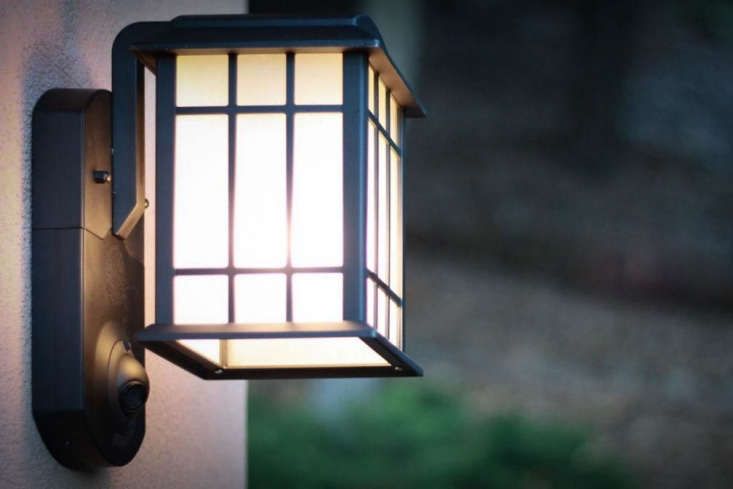
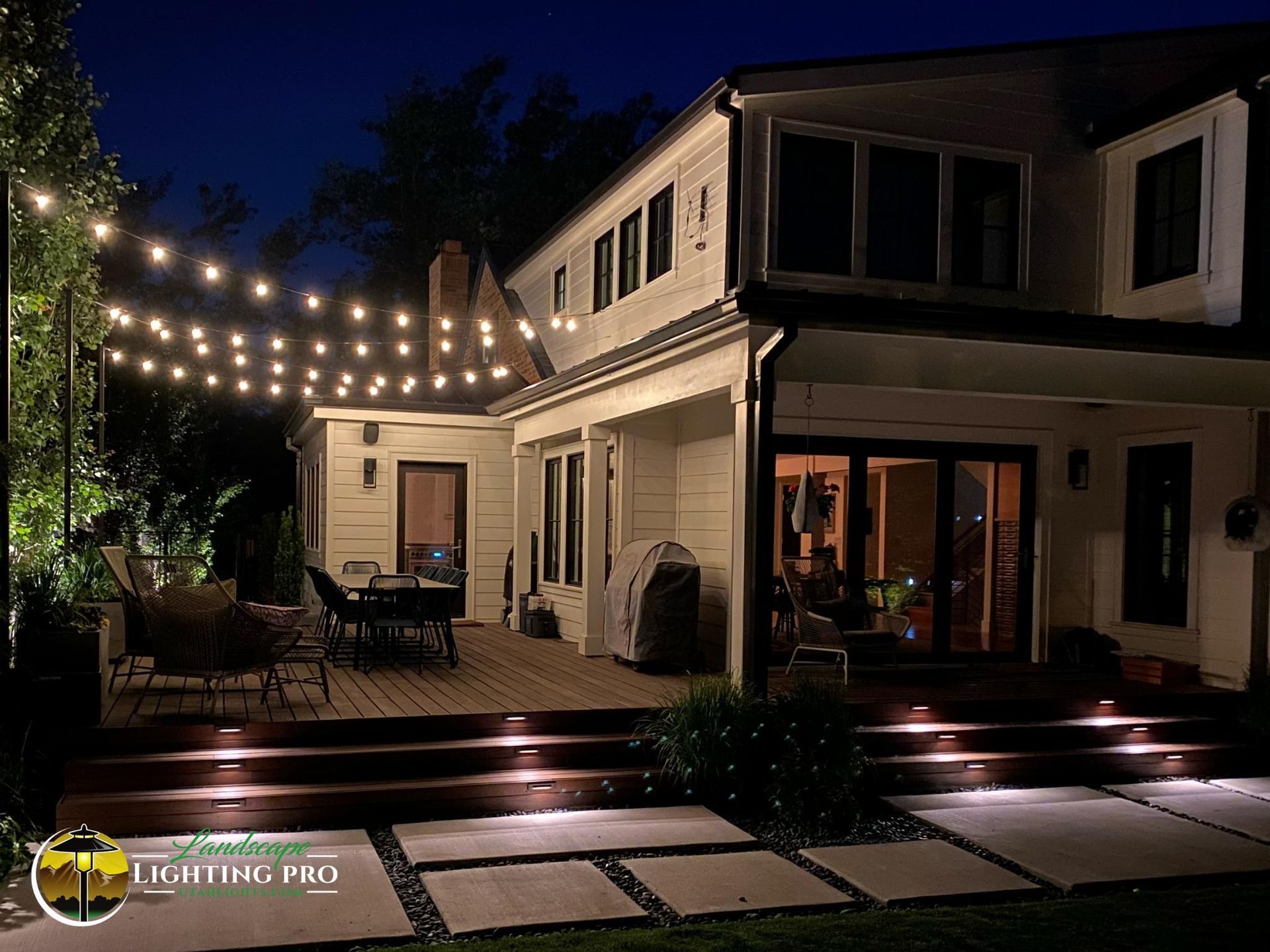
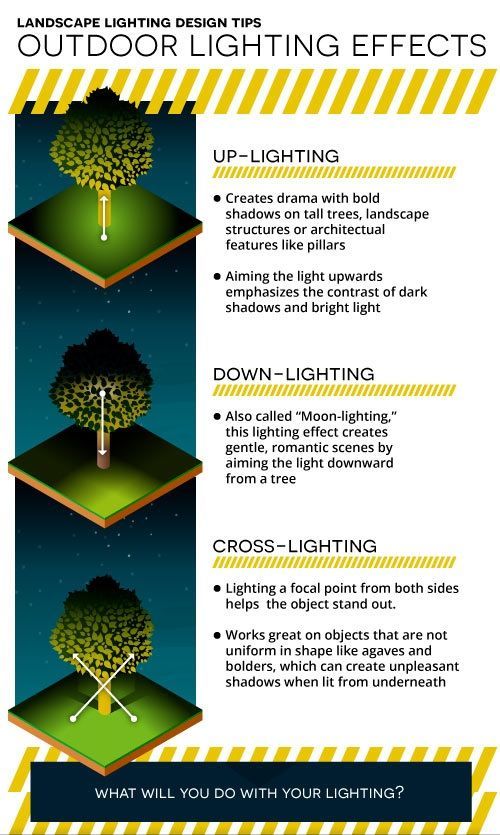
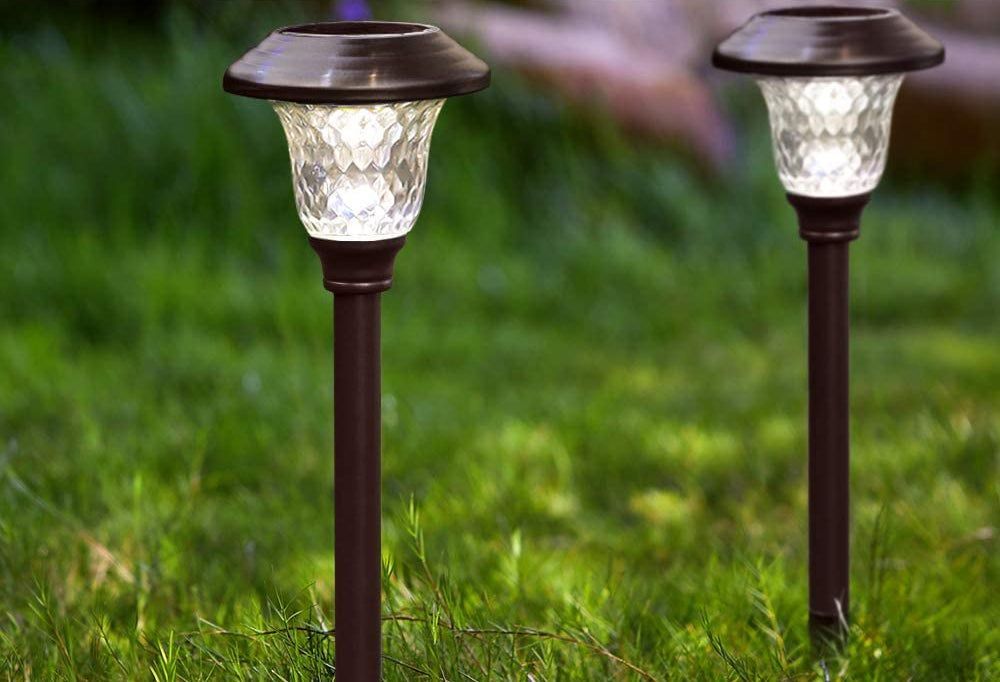
CONTACT US
Hendersonville, TN 37075
615-265-1625
landlightprosdesign@gmail.com
SIGN UP FOR OUR NEWSLETTER
We will get back to you as soon as possible
Please try again later

